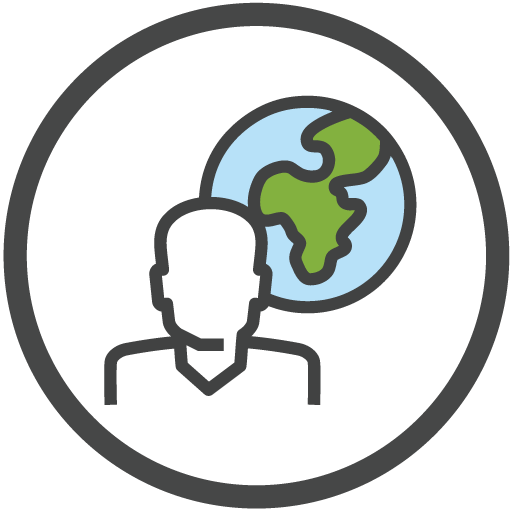1
Overview
PURPOSE / FOCUS OF THIS COURSE
The purpose of this course is to provide the necessary tools and knowledge for kids to become recycling experts! This program teaches kids what recycling is, it’s importance and how they can do their part to lower their carbon footprint.
COURSE CONTENT / METHOD OF SHARING
This course will be broken down into three chapters, each offering knowledge on the following categories:
- What is Recycling
- The Importance of Recycling
- Your Role in Recycling
At the end of this course there will be a fun multiple-choice quiz that will test your recycling knowledge. Get ready to become a recycling expert!

















